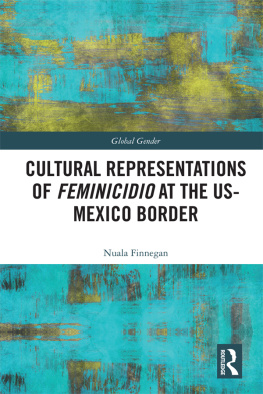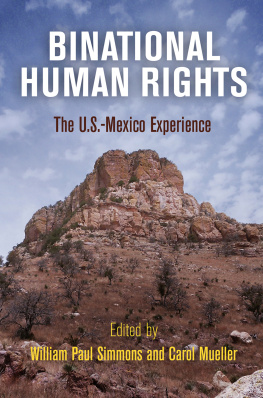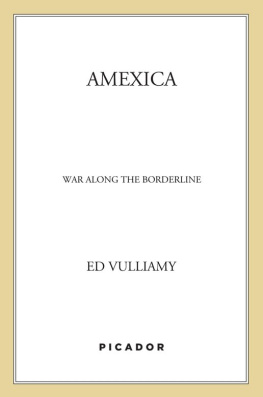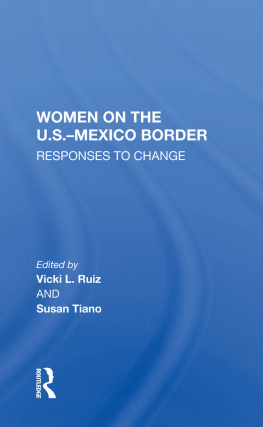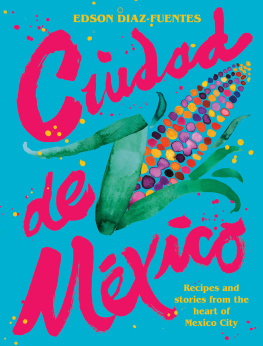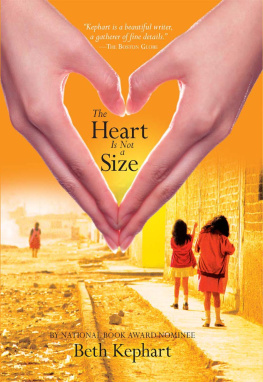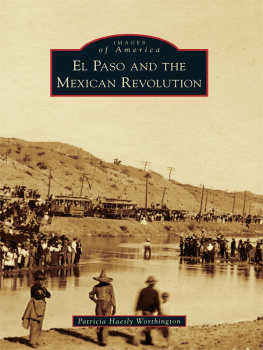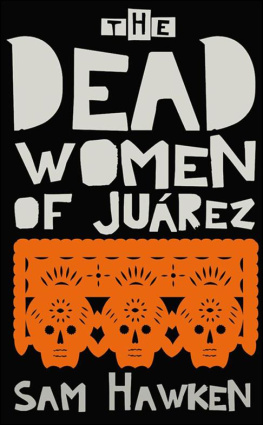Cultural Representations of Feminicidio at the US-Mexico Border
Since the early 1990s, the repeated murders of women from Ciudad Jurez, Mexico have become something of a global cause clbre. Cultural Representations of Feminicidio at the US-Mexico Border examines creative responses to these acts of violence. It reveals how theatre, art, film, fiction and other popular cultural forms seek to remember and mourn the female victims of violent death in the city at the same time as they interrogate the political, legal and societal structures that produce the crimes.
Different chapters examine the varying art forms to engage with Ciudad Jurezs feminicidal wave. Finnegan discusses lex Rigolas theatrical adaptation of Roberto Bolaos novel 2666 by Teatre Lliure in Barcelona as well as painting about the victims of feminicidio by Irish painter Brian Maguire. There is analysis of documentary film about Ciudad Jurez, including Lourdes Portillos acclaimed Seorita Extraviada (2001). The final chapter turns its attention to writing about feminicide and examines testimonial and crime fiction narratives like the mystery novel Desert Blood: The Jurez Murders by Alicia Gaspar de Alba, among other examples.
By drawing on a range of artistic responses to the murders in Ciudad Jurez, Cultural Representations of Feminicidio at the US-Mexico Border shows how art, film, theatre and fiction can unsettle official narratives about the crimes and undo the static paradigms that are frequently used to interpret them.
Nuala Finnegan is Professor in the Department of Spanish, Portuguese and Latin American Studies at University College Cork, Ireland, and the Director of the Centre for Mexican Studies. Her research interests lie in Mexican cultural studies with a particular focus on gender.
Global Gender
The Global Gender series provides original research from across the humanities and social sciences, casting light on a range of topics from international authors examining the diverse and shifting issues of gender and sexuality on the world stage. Utilising a range of approaches and interventions, these texts are a lively and accessible resource for both scholars and upper level students from a wide array of fields including Gender and Womens Studies, Sociology, Politics, Communication, Cultural Studies and Literature.
Gender, Heteronormativity and the American Presidency
Aidan Smith
Cultural Representations of Feminicidio at the US-Mexico Border
Nuala Finnegan
www.routledge.com/Global-Gender/book-series/RGG
Cultural Representations of Feminicidio at the US-Mexico Border
Nuala Finnegan
First published 2019
by Routledge
2 Park Square, Milton Park, Abingdon, Oxon OX14 4RN
and by Routledge
711 Third Avenue, New York, NY 10017
Routledge is an imprint of the Taylor & Francis Group, an informa business
2019 Nuala Finnegan
The right of Nuala Finnegan to be identified as author of this work has been asserted by her in accordance with sections 77 and 78 of the Copyright, Designs and Patents Act 1988.
All rights reserved. No part of this book may be reprinted or reproduced or utilised in any form or by any electronic, mechanical, or other means, now known or hereafter invented, including photocopying and recording, or in any information storage or retrieval system, without permission in writing from the publishers.
Trademark notice: Product or corporate names may be trademarks or registered trademarks, and are used only for identification and explanation without intent to infringe.
British Library Cataloguing-in-Publication Data
A catalogue record for this book is available from the British Library
Library of Congress Cataloging-in-Publication Data
A catalog record for this book has been requested
ISBN: 978-1-138-48217-3 (hbk)
ISBN: 978-1-351-05883-4 (ebk)
Typeset in Goudy
by Apex CoVantage, LLC
This book is dedicated to the memory of the victims of feminicidio in Ciudad Jurez since 1993, and to all those in the city who challenge the patterns of structural violence that continue to affect the lives of its citizens.
I wish to thank a large number of people who made the project possible and who have helped see it to completion. This book emerged from a series of dialogues generated during presentations given in various locations including London (September 2014); Nantes (April 2013); Dublin (June 2014); Miami (February 2017); Ciudad Jurez (FebruaryMarch 2017); Cork on the occasion of the WISPS annual conference (November 2014); at a workshop on Trauma in the Hispanic World (May 2014) and again at the BodyStories conference in June 2016. I also received valuable feedback from invited seminars delivered in St. Andrews (February 2015) and in Queens University Belfast (November 2011). The book began in NUI Galway in May 2011 at a symposium on Gender, Nation and Text and I am grateful to the organizers there, particularly Lorraine Kelly, for inviting me to be a part and for kick-starting those preliminary enquiries into a full-length book project. I have benefited immensely from interventions at all of these fora and also from careful readers and listeners including Catherine Grant, Andrea Noble, Patricia Torres, Ignacio Snchez Prado, Chris Harris, Risn OGorman, Claire Lindsay and Cara Levey. Special thanks are reserved for Helena Buffery for her friendship as well as her words of encouragement at exactly the right moments. To my friends and colleagues in the Department of Spanish, Portuguese and Latin American Studies, Terry, Martn, Stephen, Cara, Elisa, Laura, Eugenia, Pedro, Ana, Sofia, Aisling, Seana, Rafa and all those visiting researchers and tutors who make the place so special, I say thank you. Sincere gratitude is also due to doctoral and former doctoral students, Emer Clifford, Donna Alexander, Eva Cabrejas, Cian Warfield, Dylan Brennan, Pat Aylward, Rhys Davies, Nadia Albaladejo, Yairen Jrez and others from whom I have learned a great deal during this writing project; I particularly wish to recognize the insights of Sorcha, David, Maayan and Trevor in my US-Mexico border class, 20152016. I acknowledge the generosity of artists, academics and campaigners Brian Maguire and Mark McLoughlin, Kama Gutier (Josebe Martnez), Alicia Gaspar de Alba, Rafael Bonilla, Kathleen Staudt, Ed Vulliamy, and others in sharing their insights on the blurred boundaries between activism and artistic production and their encounters with the horrors of feminicide in Ciudad Jurez. Thanks to Begoa Barrena at the Teatre Lliure for always complying with requests and for generously granting permission to use footage of 2666. I am grateful to Beatriz Adelina Hernndez Zamora at the Centro Universidad Autnoma de la Ciudad de Mexico for allowing me to reproduce the lyrics to the song Paula from the film La carta and for explaining the project of the film to me. Peadar King offered a valuable opportunity to me to clarify the ideas underpinning feminicide; I thank him for the opportunity to participate in making a documentary on violence in Ciudad Jurez for RTE television (Mass Murder in Mexico, shown in December 2013). Elia Escobedo Garcia was gracious and patient during our interview in Galway in February 2013. More than anything, I am grateful to Patricia Torres for inviting me to participate in the Ctedra Marcela Lagarde in November 2016 at the Centro de Investigacin y Estudios Superiores en Antropologa social (CIESAS) in Mexico City in 2016 where I had the pleasure of interacting with an extraordinary group of committed scholars including, in no particular order, Alfredo Limas Hernndez, Patricia Ravelo Blancas, Patricia Beltrn, Margarita DAlton, Susana Bez Ayala, Marcela Lagarde y de los Ros, among many others. Patricia also offered balanced and helpful criticism of my work and invited me to stay in her home. Above all, I salute Paula Flores, tireless activist and long-term campaigner whose work to uncover the truth about the murder of her daughter Sagrario is never finished. I thank her for her hospitality and kindness during my stay in Ciudad Jurez in 2017 and to all the students on the

